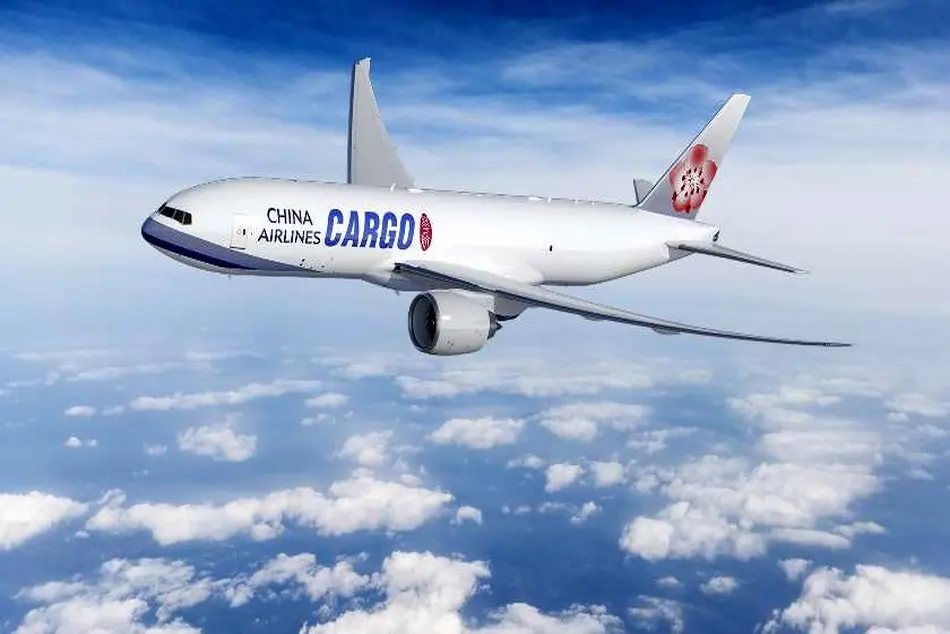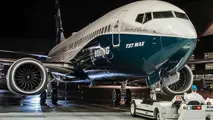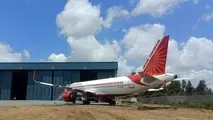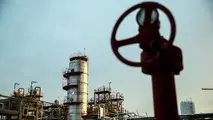Opinion: China’s Airliner Demand Is Back—And That Raises Big Questions
After a five-year hiatus, China’s jetliner market is surging again. Yet politics and industry dynamics complicate this resurgence and raise big questions about the coming years.

After a five-year hiatus, China’s jetliner market is surging again. Yet politics and industry dynamics complicate this resurgence and raise big questions about the coming years.
China’s demand for large commercial jets increased dramatically in the last decade, both in absolute numbers and as a percentage of the world market. In line with strong economic and passenger traffic growth, China reached a peak of 355 deliveries in 2018, representing 22% of the entire world market for jetliners with more than 120 seats. At the start of the 2000s, China accounted for a mere 2% of global demand.
The COVID-19 pandemic and consequent air travel collapse coupled with a broader economic slowdown in the country and strained ties with the West resulted in a serious downturn; Chinese carriers received just 108 airliners in 2022, representing 9% of all worldwide deliveries. The following year was about the same.
The downturn was particularly tough for Boeing, due largely to the 737 MAX grounding—China was the first to ground the type and the last to reapprove it—but also to U.S.-China political tensions. Between 2018 and 2024, China ordered a grand total of three Boeing passenger jetliners. Between 2019 and 2023, the country took only token numbers of Boeing jets.
Chinese air traffic has returned to roughly 2019 levels; it is somewhat higher domestically and somewhat lower internationally. Deliveries are coming back, too. In 2024, 182 airliners were delivered to Chinese carriers, representing 16% of world demand, and 56 of them were Boeing jets, the most since 2018.
The first question about this recovery concerns demand levels. Since Chinese economic growth has slowed markedly since the 2010s, it is likely that air travel demand growth will stay muted, and therefore orders will, too. China’s 22% of world demand might represent the country’s peak.
This question is complicated by China’s longstanding habit of underordering, at least on paper. At the start of 2025, Chinese airlines had 135 outstanding orders for Boeing jets and 323 for Airbus jets. But Chinese orders tend to be dual-switched: Airlines order behind the scenes, and the government then approves them, with public fanfare. Thus, it is likely that many “undisclosed” orders are for China—Boeing alone has 690 orders for “undisclosed” customers.
The second question concerns market share. While Airbus has dominated the China market for the past five years, in part because of its final assembly line in Tianjin, Boeing briefly pulled ahead in 2018 for the first time in many years. Given that U.S.-China tensions seem to be worse than European-China tensions and quickly worsening further, will orders continue to trend in Airbus’ favor? And will this trend affect Trump administration trade measures?
Third, and perhaps most important: The arrival of Comac’s C919 is a wild card. China’s emerging national jetliner champion delivered 10-13 (accounts differ) C919s to Chinese customers (deliveries began in 2022, but just three were delivered in 2022-23). While that is a relatively insignificant number for the industry, it is the first time since the start of the jet age that a new large commercial jet manufacturer has joined this exclusive club.
With Comac aiming to deliver up to 50 C919s this year—and a goal of ramping up to more than 100 annually—China could fill over half of its jetliner requirements with a homegrown product. But given the C919’s dependence on Western engines and other components—and no hope of achieving self-sufficiency anytime this decade—the U.S. might not permit this ramp-up to take place, particularly if China heavily favors Airbus for its imported jet demand. The Trump administration’s promised hard line on China and the broader question of technology rivalry and decoupling of China and the West further complicate a potential ramp-up.
In short, China’s role in the jetliner market mirrors the broader concern about the country: To what extent will China’s rise as a world power be accompanied by a determination to go it alone? Will the country continue to create alternatives to Western producers of everything from electric vehicles to artificial intelligence to jets? Is it even possible for any one country to succeed with such a strategy?



